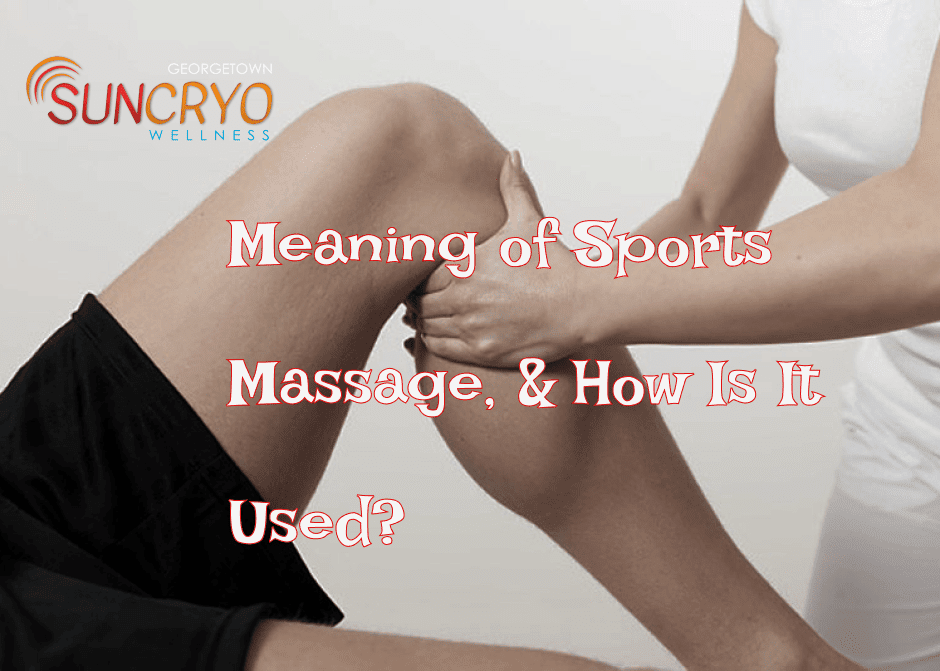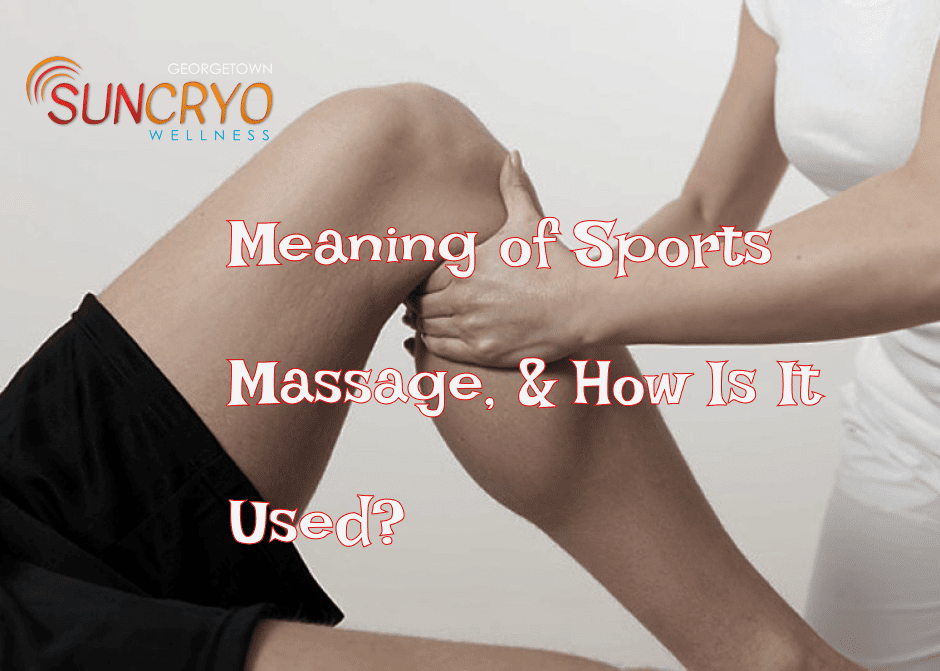Sports Massage

Sports massages play a pivotal role in enhancing an athlete’s overall performance and strength, as well as aiding in pain management and relaxation. However, the benefits of sports massages extend beyond athletes; they can also be advantageous for non-athletes. This article aims to explore the essence of sports massages, their diverse applications, and their relevance for both athletic and non-athletic individuals.
What Constitutes a Sports Massage?
A sports massage stands distinct from traditional relaxation massages due to its specialized focus on augmenting athletic performance, averting injuries, and expediting recovery. It serves as a crucial recovery tool for athletes, equipped to cater to their specific needs.
Practitioners adept in sports massage techniques like deep-tissue massage, myofascial release, and targeted stretching aim to alleviate muscle tension, improve flexibility, and address overused muscles. This multifaceted approach not only reduces soreness but also enhances mobility, making it highly beneficial for athletes and active individuals alike.
Optimal Use of Sports Massage
Despite its name, sports massage isn’t exclusive to athletes. Enthusiasts of sports, weekend warriors, and even professional competitors can derive significant advantages from these massages. Integral to an athlete’s training regimen, sports massages contribute to injury prevention and swift post-activity recovery.
Beyond the athletic realm, individuals grappling with specific physical conditions such as chronic pain, muscle tension, or restricted mobility can find respite through sports massages. Its versatility extends its benefits to a wide array of individuals.
Distinguishing Sports Massage From Other Modalities
The landscape of massages encompasses diverse types, each tailored for specific purposes. Understanding the nuances between sports massages and other variants sheds light on their unique attributes.
Sports Massage vs. Deep Tissue Massage
“Sports massage” and “Swedish massage” are two different types of massage. Sports massage is typically more intense and focuses on specific areas of the body used in athletic activities, while Swedish massage is a more gentle, relaxing massage that aims to promote overall relaxation and stress relief.
Sports Massage vs. Swedish Massage
Sports massage and Swedish massage are two different types of massage therapy. While sports massage focuses on treating and preventing injuries related to sports and physical activities, Swedish massage is designed to promote relaxation and improve circulation. It is important to choose the right type of massage therapy based on your specific needs and goals.
Sports Massage vs. Thai Massage
The targeted areas and goals of sports massages and Thai massages differ significantly, catering to distinct aspects of their recipients.
Accessing a Sports Massage
Individuals seeking a professional sports massage can opt for either massage therapists or invest in massage chairs for convenient at-home sessions. The latter option, with its advanced features and accessibility, presents a feasible alternative for consistent, long-term care.
Inherent Benefits of Sports Massage
The benefits of sports massages encompass improved athletic performance, injury prevention, enhanced circulation, stress reduction, and a personalized approach tailored to individual needs.
Conclusion
In essence, a sports massage transcends mere relaxation, serving as a valuable tool for conditioning muscles, accelerating recovery, and supporting an active lifestyle for both athletes and non-athletes. Modern massage chairs offer a simplified means to access these benefits, ensuring that anyone seeking restorative and performance-enhancing advantages can easily avail themselves of this science-based massage practice.
